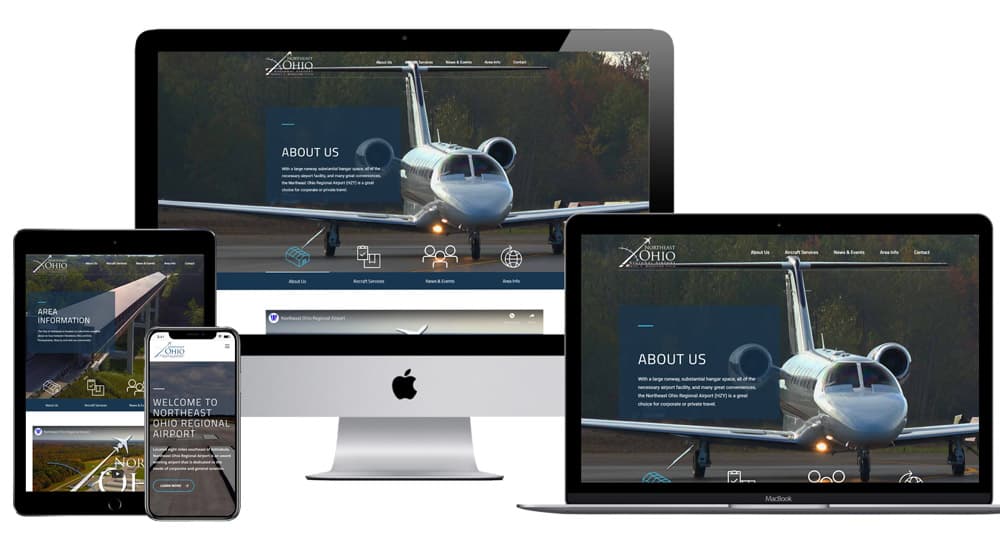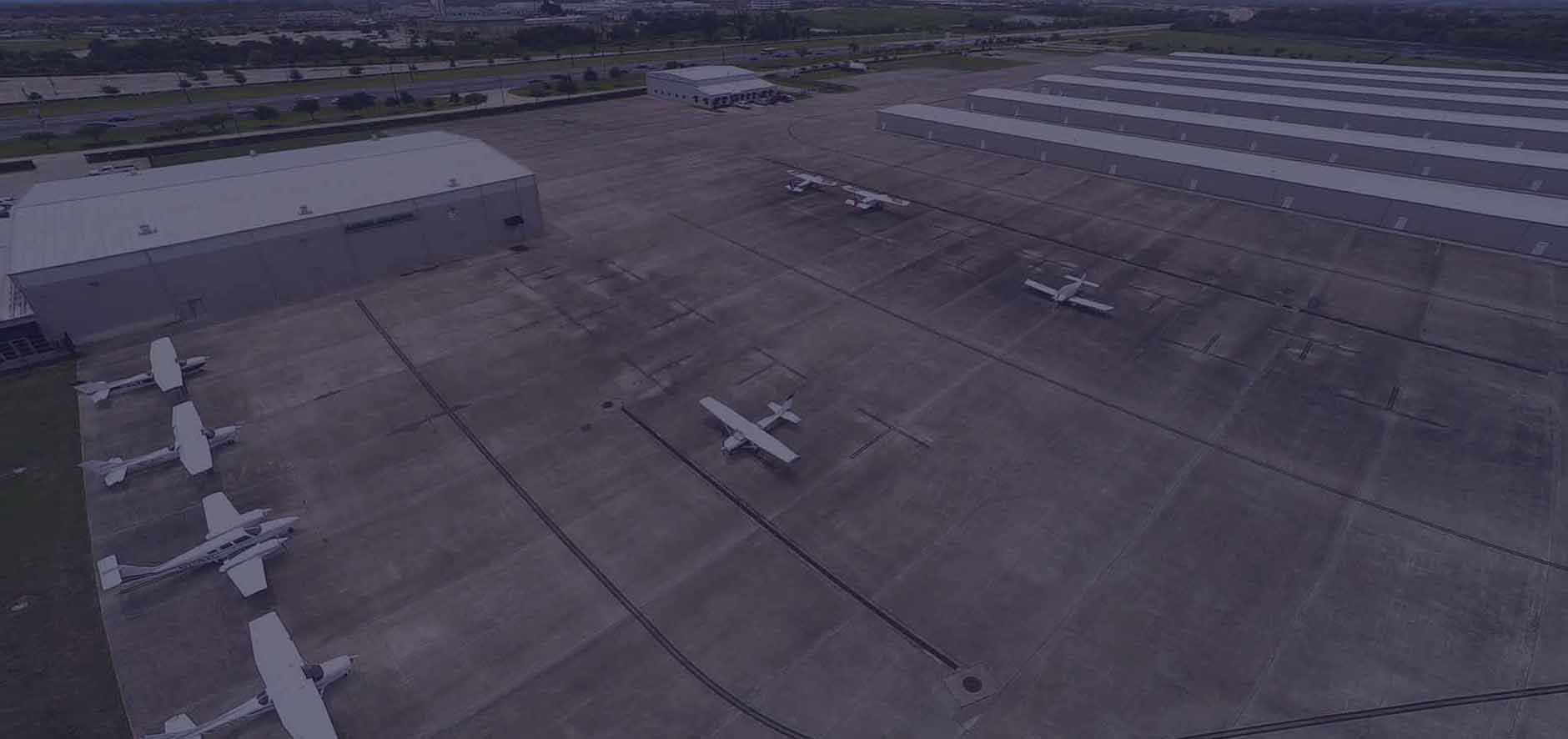
Airport Website Strategy
An airport website should serve as the central hub of a broader digital marketing strategy. It should contain the most comprehensive airport information available to the public, and be able to launch a cohesive promotional campaign that ripples out across Social Media accounts and all other available online marketing channels.
But how do you accomplish these goals? Whether you’re starting from scratch or merely improving upon an existing website, a good place to start is by weeding out common website pitfalls:
- Outdated Look: This includes various design issues and color schemes. Having a website that was designed five years ago will detract from your overall message, especially if you are trying to appear contemporary and corporate friendly.
- Not Mobile Friendly: Because 60 percent of online traffic now comes from mobile devices and Google now officially favors mobile-friendly websites in their search rankings, it is essential that an airport utilize a website that can easily accommodate mobile users.
- Outdated Information: All information on the website needs to be updated regularly, as incorrect information can undermine the confidence people have in your airport.
- Incomplete Webpages: Any pages that show an “Under Construction” or “Information Coming Soon” message will ensure that the website will look unprofessional and amateurish.
- Navigation Issues: A poorly designed menu system can make navigating your website difficult, and cause difficulty when visitors can’t find the information they need quickly.
- Search Engine Unfriendly: Websites design elements that don’t follow basic Search Engine Optimization protocols include formatting headings as images, not using standard mark-up tags or meta tags, and not having a site map.
These common mistakes can damage the image of any airport, especially if their competitors are enjoying the benefits of a well-designed website. For smaller airports hoping to attract corporate users, an appealing website design has a unique ability to elevate their digital marketing status to the size of their largest competitor. For airports hoping to achieve this, we’ve added a checklist of website items you should look for to best represent your airport:
- Professional Design: The overall look and feel to the site will need to be cohesive and consistent throughout. Most importantly, it should reflect the unique character and personality that sets it apart from other airports.
- Responsive Layout: The website content should adapt for Mobile, Tablet, and Desktop users. This design format has become standard practice, and should be incorporated into any modern website design.
- Content Management System (CMS): Once the website is up and running, a member of the airport staff should have the ability to easily edit and upload additional information (such as current fuel prices) to the website. With a CMS, this person won’t need any coding or programming experience, because a Content Management System doesn’t require FTP software to access and edit the HTML code. Rather, a user will simply enter a username and password from their web browser to access all the website files.
- Blog Implementation: This involves writing posts that act as “News and Events” articles that keep the public updated about things happening at the airport. These posts tell regular stories about the airport personality, customer successes, and how the airport is active in the community.
- Social Media Integration: The airport’s various Social Media accounts should play an enhancive role to the airport website. As such, there should be links on website content that invite users to Like and Share content on social media accounts. Likewise, there should be areas directly on the website that show recent activity and posts the airport has made on its Social Media accounts.
- Conversion Tools: Once a visitor is on the website, there should be a way to subscribe for more information and updates. This “call to action” functionality usually takes the form of buttons stating “Like us on Facebook,” “Follow us on Twitter,” or “Subscribe to e-mail updates.” This is an excellent way to build and develop contacts and grow your airport community.
- Analytics: One of most difficult challenges when executing a marketing effort is understanding what effect, if any, it has on your target markets. With analytics tools built-in the website, an airport should be able to track the progress of visitors to the website, as well as the effectiveness of their digital marketing efforts.
- Direct Contact Function: Website visitors should be able to give feedback without leaving the website by typing comments into an embedded contact form.
At R.A. Wiedemann & Associates, we’ve had the privilege of completing dozens of airport website development projects, and we pride ourselves on utilizing cutting edge technology to provide airports with the digital tools to enhance their online presence. Whether you need a new website developed or an update to an existing website, our design process is uniquely crafted so that the final product adequately reflects your specific airport identity. Call us today for a free quote!
Want to read more about airport websites? Click Here to contact us – we’d love to hear from you!

